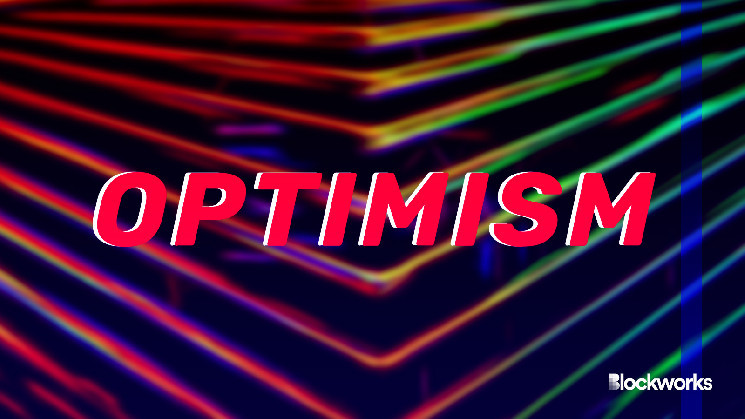A Flipside Crypto report shows that more than 637 million Ethereum Virtual Machine (EVM) smart contracts have been deployed across seven layer-2 blockchains since January 2022.
EVM-compatible smart contracts refer to software that can understand the computational state of the Ethereum blockchain.
As scaling solutions become more efficient and accessible, fewer EVM contracts are deployed directly on the Ethereum blockchain. With the Dencun update just around the corner – which will introduce blob transactions and other infrastructure upgrades – this trend is likely to accelerate.
“Now that layer 2s can only publish critical data to ETH layer 1, the cost of interacting with layer 2s should drop significantly. This allows for much more creativity in protocol development, a much easier experience for users to offload complex transactions, and ultimately reduces the cost for layer 2s to collaborate with each other,” said Carlos Mercado, a data scientist at Flipside Crypto to Blockworks. .
Read more: Ethereum developers debate the future of account abstraction
Leading this movement is Optimism, an optimistic rollup layer 2 of Ethereum, which currently stands out as the most popular blockchain for deployments, accounting for more than two-thirds (~70%) of total EVM smart contract deployments to date this year. According to Flipside Crypto, the chain has seen more than 28.8 million EVM deployments since January 1.
However, for non-EVM smart contracts, Polygon and BNB smart chains (BSC) remain the most popular deployment chains. On September 6 last year, BSC saw 5.3 million contracts deployed, the highest number of deployments ever on a chain, although this number dropped rapidly around September 13.
DeFi contracts are on the rise
DeFi smart contracts are the most popular among developers across all chains this year, accounting for approximately 34.7% of all categorizable deployments. This number is roughly 11.2% higher than in 2022 and 2023.
Due to contracts, smart NFT contracts, which powered the bull market between 2021 and 2022, have become less popular over time. The number of implementations decreased from 18.6% to 8.2% in the same period.
Read more: Stellar provides a smart contract upgrade – and it’s not an EVM
Mercado notes that this can be interpreted both positively and negatively.
“The positive argument is that the space is a product market fit, there are more tokens than ever and new primitives that enable loans, options, perpetuals and oracles for more assets than ever,” Mercado said.
He adds: “The slightly negative argument is that more money is being given [is] As liquidity flows into more blockspace, the fragmentation of liquidity forces more (arguably unproductive) activity: bridging and trading for arbitrage, as opposed to individuals’ specific desire to be on a chain or own a token.
Mercado acknowledges both sides of the argument, but notes that he favors a space that evolves faster than fragments.
Read more: zkLink’s Nexus aims to solve liquidity fragmentation between ZK ecosystems
“Other” smart contracts
Uncategorized smart contracts, or those classified as ‘other’ by Flipside Crypto, are by far the most commonly used smart contracts. They make up 93.8% of all smart contracts deployed in the observed chains.
This number is significantly higher than in 2022, when these smart contracts made up an estimated 37% of contracts deployed. It is also slightly higher than in 2023, when these smart contracts made up about 86% of all deployments.
“While it is difficult to draw clear conclusions from this broad category, this figure, combined with the growing share of dapps across all chains, suggests more experimentation and diversification at the protocol level,” Flipside Crypto wrote.

